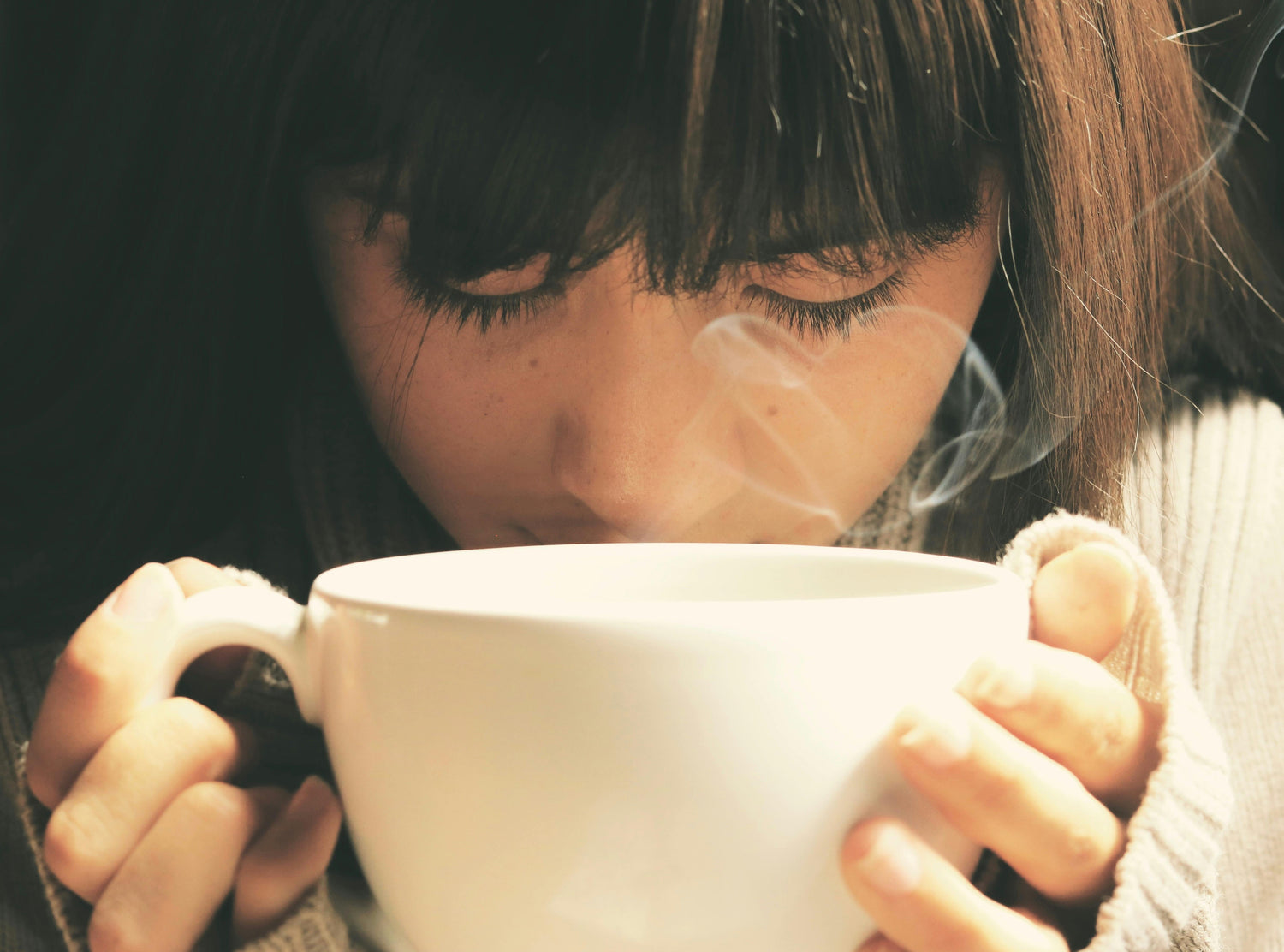Coffee is arguably one of the world's most loved morning drinks. It has some of the most recognizable flavors and aromas. Coffee baristas train for months to learn how to describe these elements in great detail. The question is: what really happens through our senses and in our brain when we experience coffee?
Consuming coffee gives people a multisensory experience impacted not only by the variety of coffee bean and brewing method, but by the surrounding environment in which it is enjoyed. It likely starts at the moment we begin preparing our beverage and lasts through the enjoyment of the last drop.
A cup of coffee produces a distinctive combination of flavors and aromas, which, when combined, provides us with an overall sensory profile. This profile changes based on a number of factors: the specific type of coffee bean; sourcing location; roasting method; and method of preparation. The variation in these factors will influence the overall sensory experience.
Specific aroma and flavor profiles are described by baristas to differentiate among different types of coffees and roasts. Aroma and taste are the main factors by which we determine our coffee preference. There are secondary factors to consider as well. But you don't have to be a barista to explore these aspects of your coffee at home.
Coffee's Sensory Process Demystified:
- Aroma is technically the various gaseous chemicals released into the air in large quantities when coffee is freshly ground, and then as vapor upon brewing. Aroma descriptors may include the following: flowery, caramel, nutty, smoky, burnt, herby, fruity.
- Taste or gustation is how we experience coffee through our 4 types of taste buds (sweet, salty, sour, bitter).Taste descriptors include: acidity, bitterness, sweetness, saltiness and sourness (see Coffee Flavor Wheel picture above). Approximately 850 compounds have been identified that are associated with flavor- studies suggest a small proportion of these (around 40 volatile compounds) contribute to coffee's unique aroma experience.
- Body or "feel" of a coffee as a third means of evaluation. The inside of our mouths, including our tongue, gums and palate, contain nerve endings that allow us to detect viscosity and oiliness in coffee, or what we refer to as feel, or body. For example, is it light in body, heavy, oily, creamy, etc? This tactile experience encompasses our physical sensing of coffee which plays a role in our appreciation of the beverage.
- Memories and emotions play an important role in coffee's overall physiological experience of the above factors. Coffee's flavor or aroma can be commonly associated with emotions or memories. For instance, the smell of coffee may trigger emotions or evoke memories around love, relaxation, enjoyment or alertness.
- Flavor perception is unique to the individual: because we all process flavors uniquely – due to personal bias, prior exposure, genetics, etc. – we will often perceive a specific coffee differently than it has been described to us. Thus, the best advice is to stick to what you like best as long as you are drinking high quality coffee.
Bottom Line:
By learning how coffee's sensory experience is created, you can make better decisions on how to choose the coffee and roast level you will enjoy most, and how the brewing method and other factors might affect taste and smell.
Try experimenting with some different roast levels of Cardiology Coffee and seek out different brewing techniques to see what you like best. See our brewing guide for more information.





